The main suspects pursued in the more than 60-year-old missing Beaumont children case
From solid leads to the absurd, here are the six main suspects along with theories about Australia’s most significant unsolved mysteries.
SA News
Don't miss out on the headlines from SA News. Followed categories will be added to My News.
For over 60 years, the tragic disappearance of the Beaumont children has sat heavy on the conscience of South Australians. The disappearance of Jane, 9, Arnna, 7, and Grant, 4 changed Australian society, and parent vigilance around child safety.
To this day the children have never been found, nor have their bodies, despite many searches over the years.
The case has invited multiple theories over the decades. But with the death of mother Nancy, 92, and father Jim, 97, in 2019 and 2023 respectively, the story of the Beaumont children will likely be passed down, like a dark warning fable, to future generations – long after everyone from Australia Day 1966 are gone and forgotten.
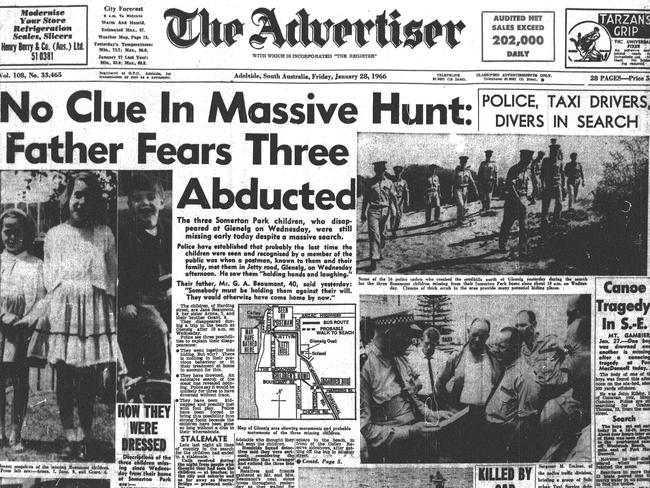
Accidental drowning
While not a popular theory, there are some who suggest the children may have accidentally drowned at the beach, perhaps being caught in a rip. However, this theory is weakened by the fact that no bodies were ever recovered and there were multiple witnesses sighting the children in the water at Glenelg beach, at Colley Reserve, and later at a cake shop on Moseley St. The last corroborated sighting of the children was back at Colley Reserve, with a blond haired man in blue bathers.
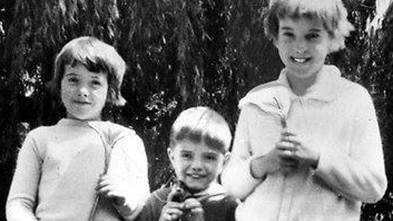
Abduction and murder
The most widely accepted theory is that the Beaumont children were abducted and murdered. But the question remains who took them? Over the years, six individuals have been suspected of the crime. None have been charged.
Harry Phipps
In recent years Harry Phipps has become one of the key figures of interest to authorities. His former factory site – which he owned at the time of the children’s disappearance – Castalloy, in North Plympton, has been the focus of multiple excavations. Two unsuccessful excavations were undertaken by police in 2013 and 2018. A third private dig, organised by independent state MP Frank Pangallo, began on Saturday February 22 and is set to conclude Saturday March 1. It is the last opportunity to prove or disprove the long running theory that the children’s remains were buried there by Mr Phipps. It comes as new evidence was revealed Mr Phipps’ niece married a cousin of the children’s father, Jim, in the years following their disappearance – It is not suggested Mr Phipps’ niece is connected with the cold case disappearance.
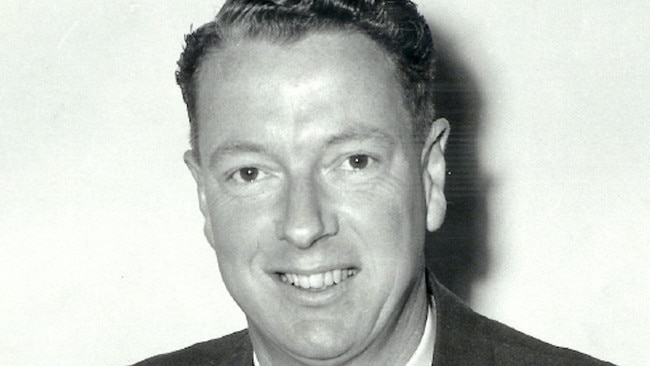
The first dig at the factory site was prompted after two brothers told police that they had dug a grave-like hole at the property – two days after the children vanished – at the request of site owner Harry Phipps.
Harry’s son Haydn Phipps, told a former detective in 2008 that he had seen three children enter the family house before four “gun shots” rang out.
A woman, known only as Linda, claims she was sexually assaulted by Mr Phipps in 1979 – 13 years after the Beaumont children vanished. Linda lived near the Castalloy factory at North Plympton.
Bevan Spencer von Einem
A convicted child murderer, von Einem was considered a suspect in the abductions of the Beaumont children, along with Kirste Gordon and Joanne Ratcliffe from Adelaide Oval in August 1973.
A confidential police report prepared in 1989 – by detectives in the then Major Crime Squad – was the first time possible links between von Einem and the Beaumont case was documented and presented to senior police with a request to launch a major probe.
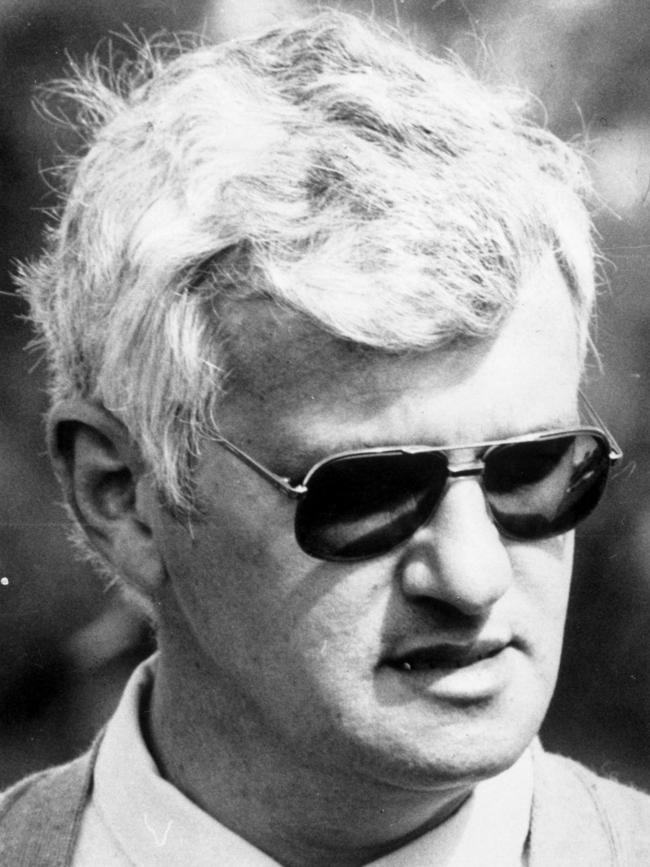
The investigation centred on the possibility von Einem may have been present at a search for Grant, Arnna and Jane Beaumont the day after they vanished from Glenelg on January 26, 1966.
They followed the discovery of video footage by Channel 7 that showed a man with a striking resemblance to von Einem, who would have been aged 20 at the time, avidly watching police divers search a drain at Glenelg.
A police source familiar with the report said it was “significant’’ because it was compiled before a witness in the Family murders case, known only as Mr B, implicated von Einem in the child abductions.
His statement, in which he claimed von Einem had confessed to him, provided detectives with uncorroborated intelligence that supported their suspicions of his involvement.
Mr B told police von Einem had told him he had abducted and killed the Beaumont children and Kirste Gordon, 4, and Joanne Ratcliffe, 11, and disposed of their bodies in Myponga Dam.
Police divers unsuccessfully searched the dam.
Despite lengthy inquiries, no other evidence has ever been uncovered linking von Einem to the Beaumont case or the abduction of the two girls from Adelaide Oval in August, 1973.
Arthur Stanley Brown
Brown, who died July 6 2002, was considered a suspect in the Beaumont children case primarily due to his perceived resemblance to a police sketch of the man seen with the children at Colley Reserve.
His likeness was linked to some of Australia’s most notorious unsolved murders including the abduction of Kirste Gordon and Joanne Ratcliffe from an Adelaide football game in 1973.
He was put on trial for the rape-murder of Mackay sisters Judith, 7, and Susan, 5, in Townsville in 1970, which a hung jury freed him over.
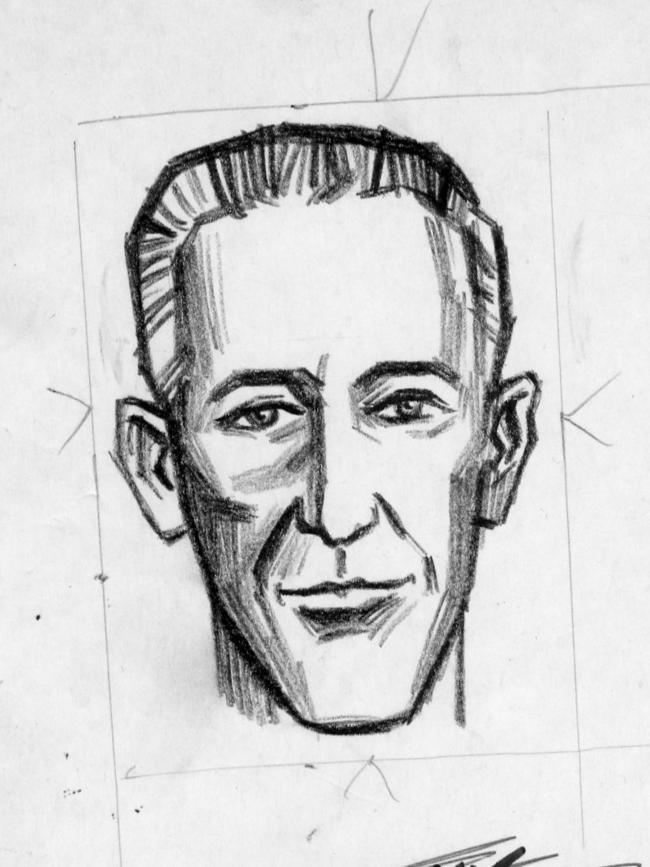
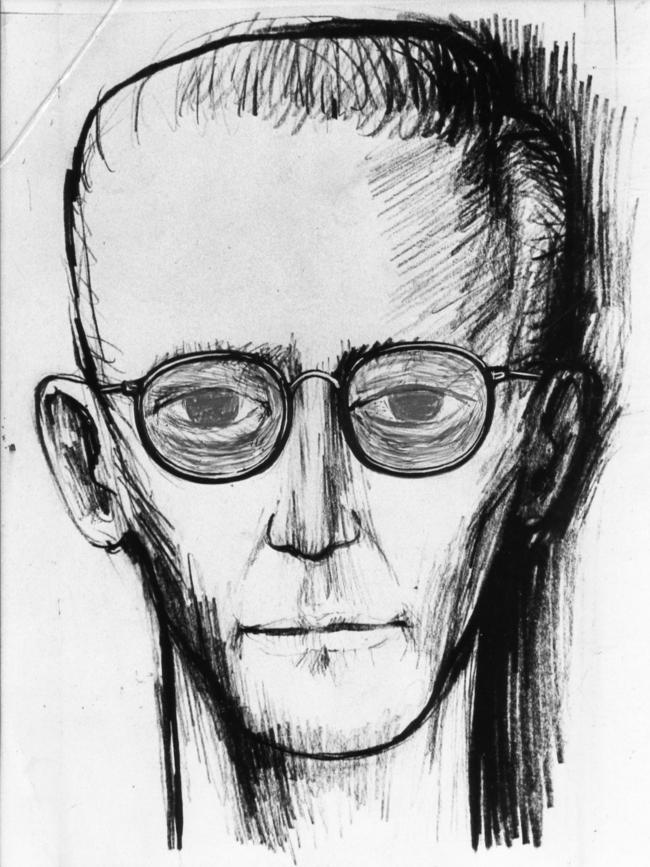
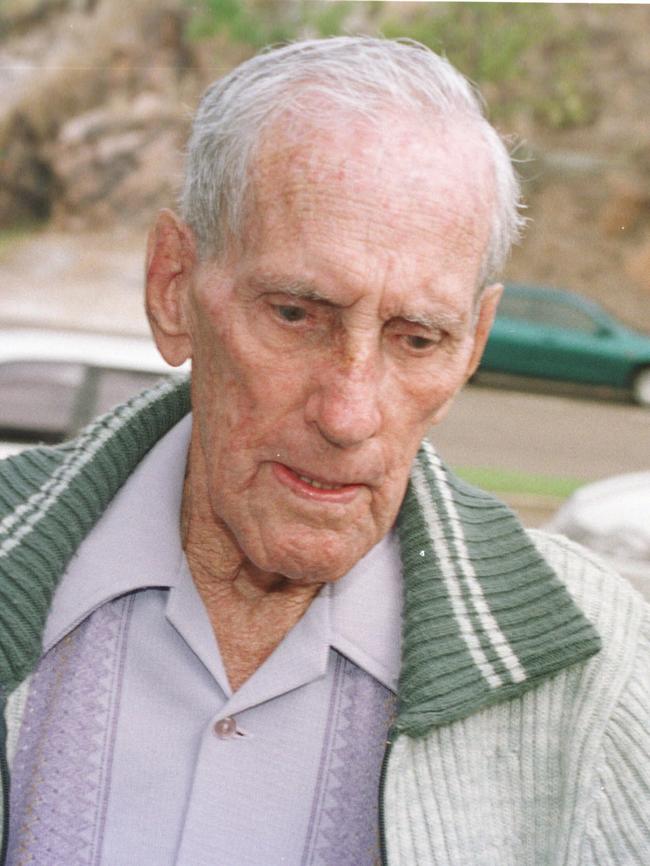
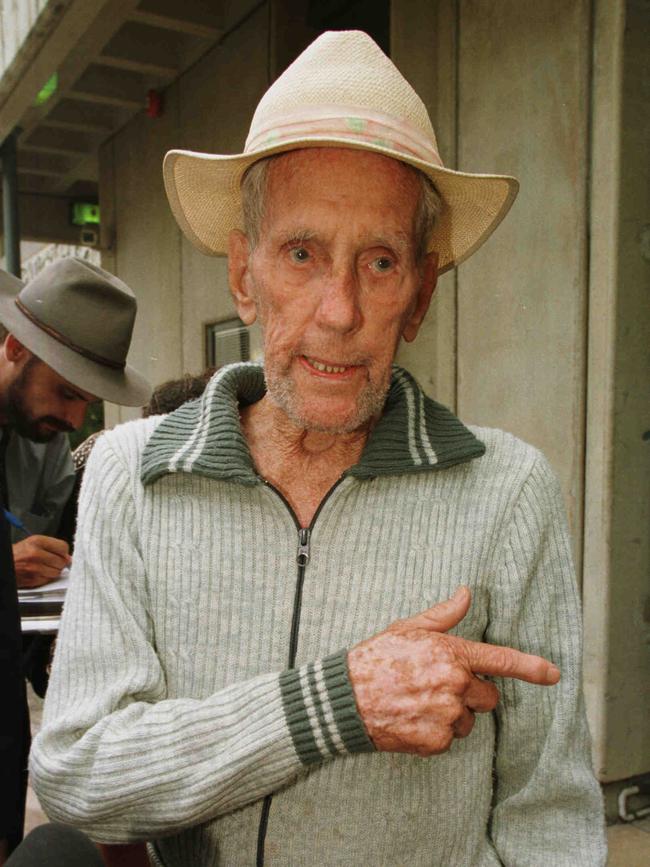
James Ryan O’Neill
O’Neill is a convicted child murderer currently serving a life sentence in Tasmania. He was the subject of a documentary, called The Fisherman, which explored his potential connections to multiple child disappearances, including the Beaumont children.
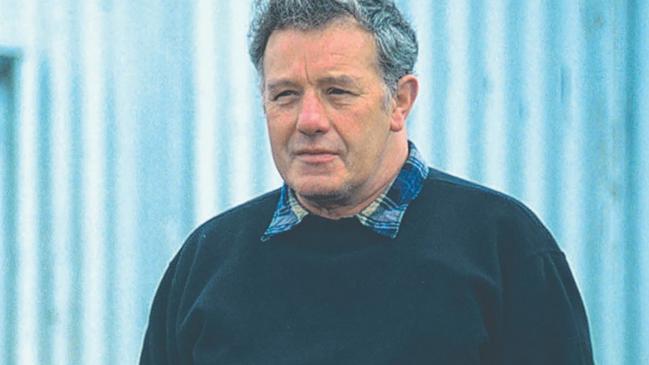
Retired Victorian detective Gordon Davie and a former crime reporter, Janine Widgery, interviewed O’Neill in prison. O’Neill said he’d committed his first murder at 15, in 1962.
He also mentioned the Beaumonts.
Davie was intrigued that O’Neill did not deny murdering the Beaumonts, instead evasively saying he lived in Melbourne at the time, not Adelaide.
But Davie found that O’Neill had visited the Coober Pedy opal fields, via Adelaide, about 15 times – around the same time as the disappearance.
Derek Ernest Percy
Percy, who died in 2013 aged 64, was a convicted child killer, found responsible for the death of Yvonne Tuohy.
A troubled boy who displayed significantly odd behaviour, Percy amassed a series of handwritten diaries and clippings detailing depraved fantasies about the rape, torture and murder of children.
His established pattern of violent behaviour against children, led to him becoming a prime suspect in a number of unsolved cases.
He became the main suspect for the murder of Simon Brook, 3, killed in Sydney in 1968, and for the murder of Allen Redston, 6, in Canberra in 1966.
He would eventually be named by a coroner as the murderer of Linda Stilwell at St Kilda in 1968.
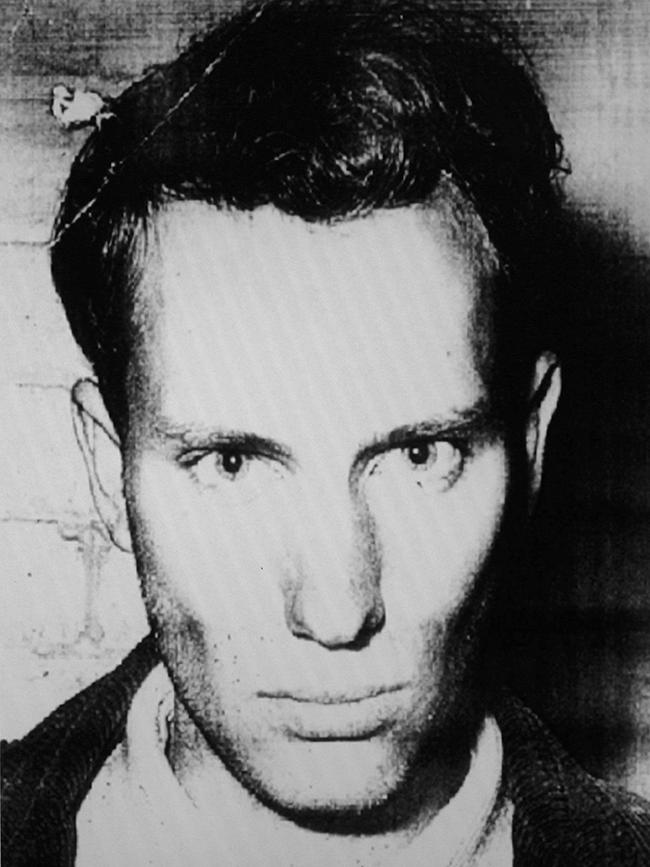

The Common denominator being most of the murders were near water and Percy had been in the vicinity at the time.
The Percy family holidays often coincided with yachting regattas.
One of the most popular regattas on the sailing calendar was held off Glenelg on the Australia Day weekend in 1966.
Before his death and under questioning, Percy told Victoria Police Senior Sergeant Detective Wayne Newman he was at Glenelg Beach on Australia Day in 1966 – he denied involvement with the Beaumont children’s abduction.
Alan Anthony Munro
Munro, a convicted pedophile and ex-scout master, is primarily linked to the Beaumont case through his association with Max McIntyre and the claims of Max’s son, Andrew McIntyre.
In a signed statement given to police in 2017, Mr McIntyre said his father, Max, and Munro were involved in the abduction, murder and disposal of the Beaumont children.
Munro, 83, pleaded guilty to 10 child sex offences committed against Andrew McIntyre and another boy between 1965 and 1983.
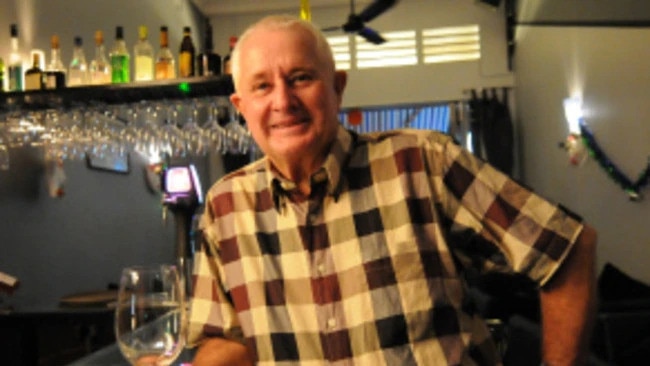
Andrew has spoken publicly about how both his father and Munro, a family friend, were at Glenelg beach in the days before Jane, Arnna and Grant Beaumont disappeared.
Andrew told the media he kept a diary, with another boy, which supported his claims – which was handed to SA Police.
However, Police have previously said there is no evidence linking Max McIntyre and Munro to the high-profile disappearance.
Other Theories: From the logical to the ludicrous and cruel
Parents Jim and Nancy Beaumont have received a tsunami of reports and claims, much of it useless, and in many cases grounded in fantasy.
One stranger claimed the children were being held by Christian Brothers in a secret room under nearby Sacred Heart College.
A woman arrived without warning one day to explain that her “spirit guide” had told her the trio had fallen asleep on the beach before “the water rose and the soft sand covered their bodies”.
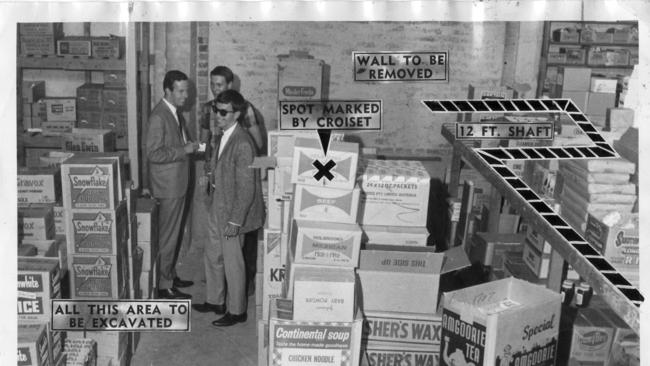
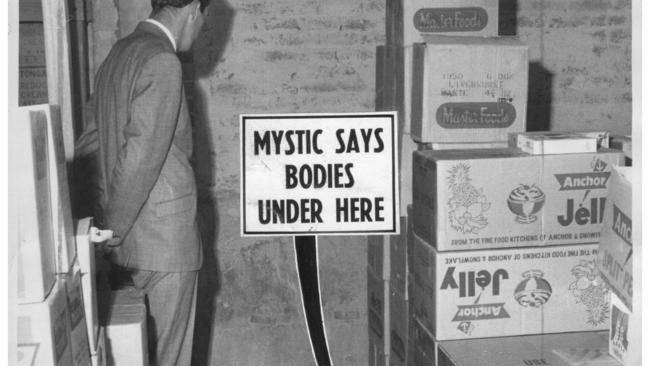
A famous Dutch clairvoyant and “armchair detective” Gerard Croiset claimed the siblings were buried under a North Brighton warehouse.
Thousands of dollars were raised to fly Croiset to Adelaide, where a throng of locals breathlessly followed his every move.
The November 1966 warehouse search yielded nothing, as did another excavation in the 1990s funded by late property tycoon Con Polites.
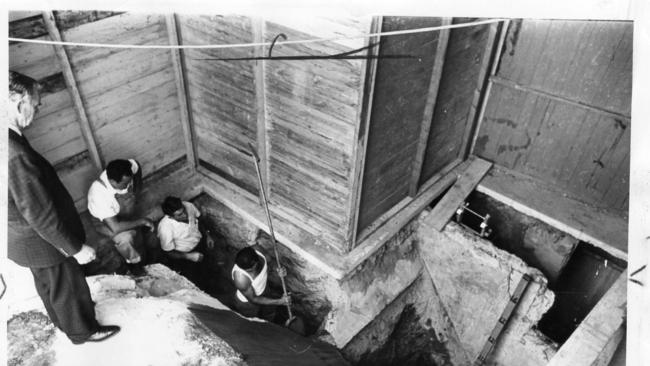
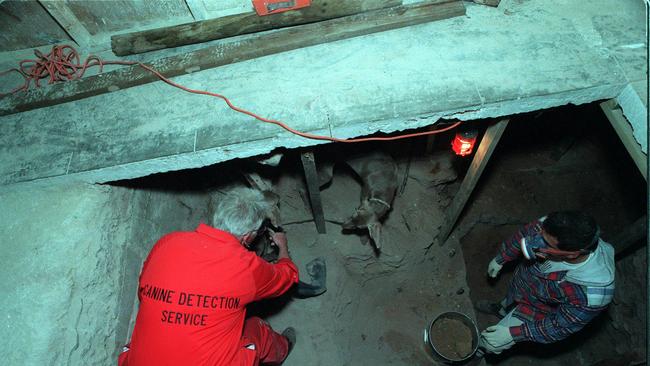
Others to offer their dubious expertise included a water diviner, ghost whisperers and Sydney man Tom Fear, who gouged a hole in the asphalt road at Torrens Gorge after a “prophetic” dream.
While most false leads were born of misguided good intentions, sheer malice or gross stupidity was the sick motivation for three letters, which arrived in the Beaumonts’ mailbox two years into their indefinite misery.
Sent from Dandenong in Victoria, the letters purported to be from their eldest child, Jane, with handwriting so similar to hers that police and the parents had genuine hope for the first time.
The vile fantasy stated the children, who would have been 11, nine and six by then, were being held by “The Man”, who was treating them well.
Only Jim and Nancy know the depth of despair which flowed from their agreed “meeting” with the fictitious kidnapper.
More Coverage
Originally published as The main suspects pursued in the more than 60-year-old missing Beaumont children case




